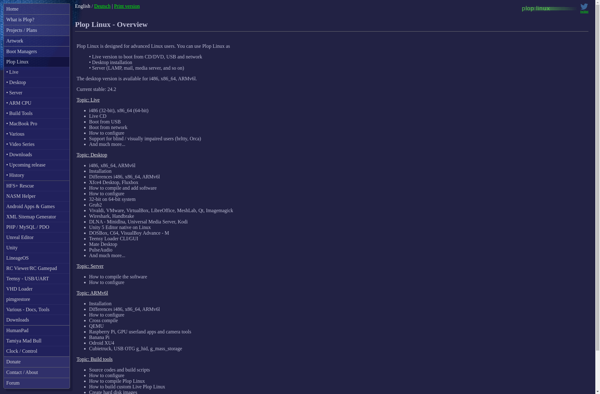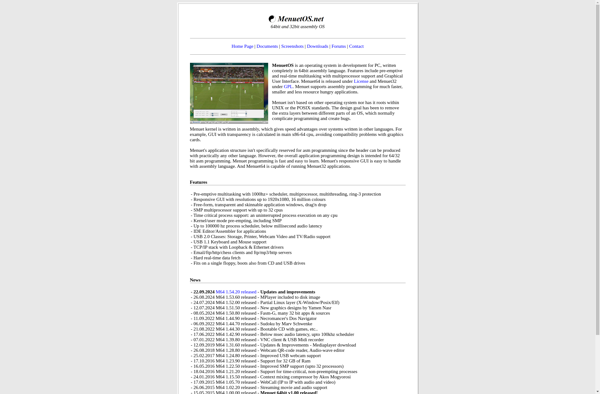Tiny Core Linux

Tiny Core Linux: Minimal Resource Footprint
A small and lightweight Linux distribution for older computers or special purposes, using Fluxbox window manager and BusyBox tools.
What is Tiny Core Linux?
Tiny Core Linux is an open source lightweight Linux operating system focused on providing a minimal environment and small resource usage. The base system is only about 12 MB in size, allowing it to run well on older computers and hardware that may not have enough performance or resources for other Linux distributions.
Some key features of Tiny Core Linux include:
- Based on Linux kernel and using Busybox for core tools
- Very small RAM usage, can run on systems with as little as 256 MB RAM
- Extremely small install size while still remaining very usable
- Uses the lightweight Fluxbox window manager by default
- Support for extensions allows adding needed packages/functionality
- Persistent storage available using the built-in file management system
- Multiple boot options like Live mode, hard drive install, or USB
Tiny Core is managed by a small team focused solely on keeping the distribution minimal yet customizable. It excels at breathing new life into old PCs that would otherwise go obsolete. The minimal footprint also makes it great for appliances, network routers, media centers, and servers where a full Linux OS and GUI are not necessary.
Tiny Core Linux Features
Features
- Very small size (under 16MB)
- Modular system allowing extensions
- Runs well on older hardware
- Fast boot time
- Lightweight window manager (Fluxbox)
- BusyBox tools for minimal footprint
Pricing
- Open Source
Pros
Cons
Reviews & Ratings
Login to ReviewThe Best Tiny Core Linux Alternatives
Top Os & Utilities and Lightweight Linux Distributions and other similar apps like Tiny Core Linux
Here are some alternatives to Tiny Core Linux:
Suggest an alternative ❐Puppy Linux

Alpine Linux
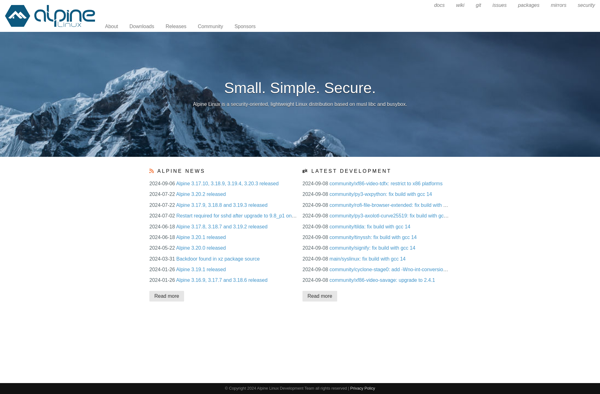
Haiku
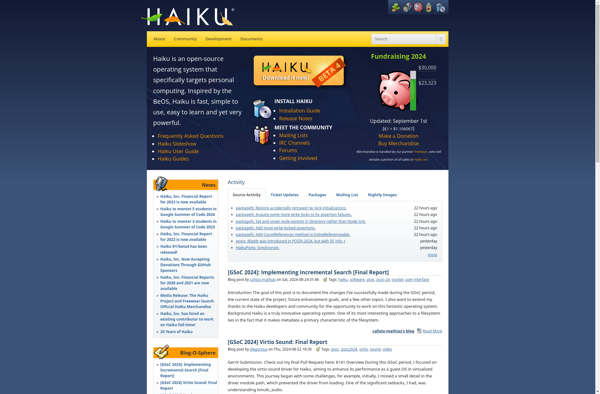
Lubuntu
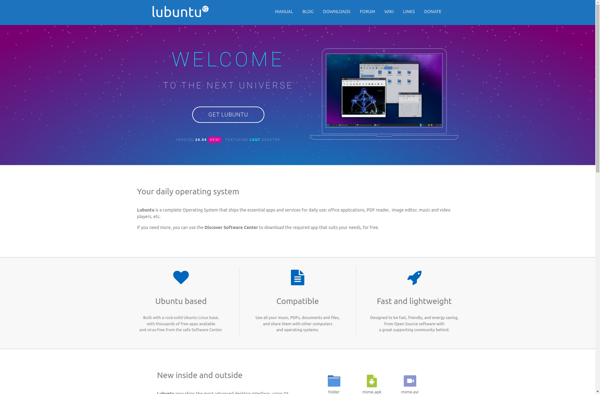
DietPi
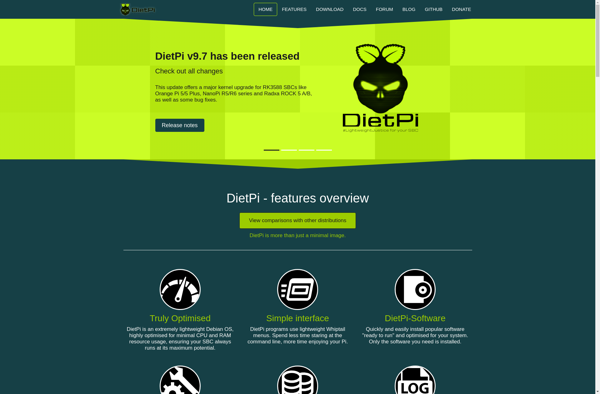
SliTaz
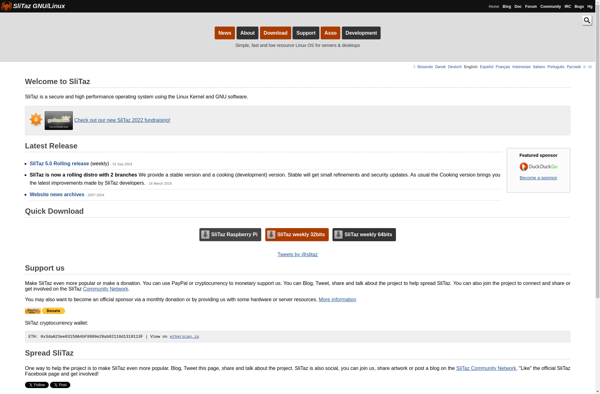
KolibriOS
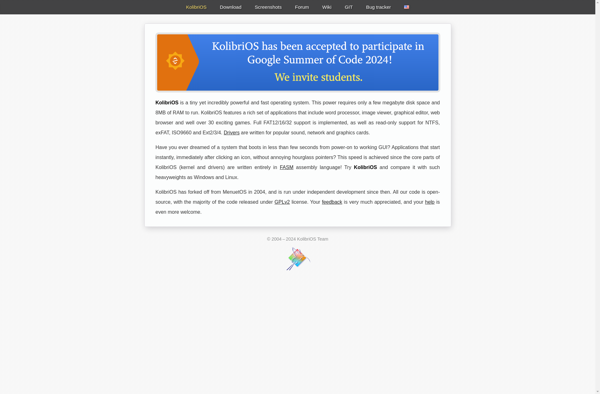
TempleOS
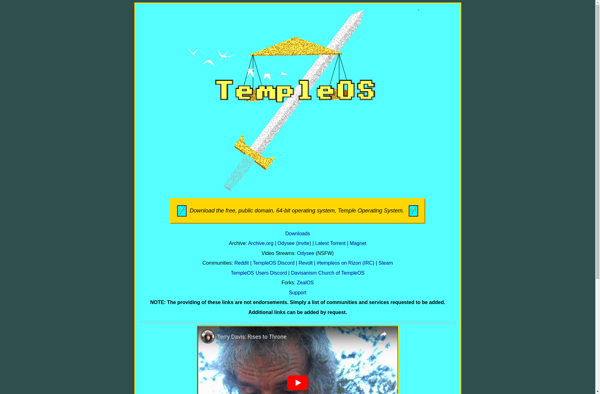
EndeavourOS
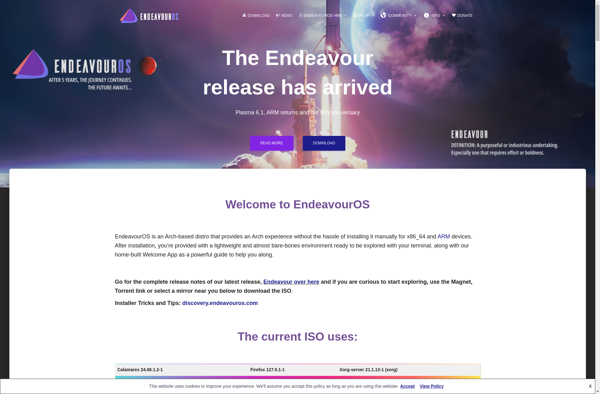
Damn Small Linux
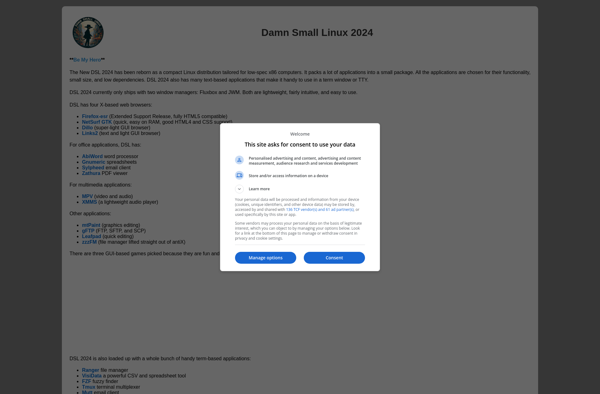
Linux From Scratch
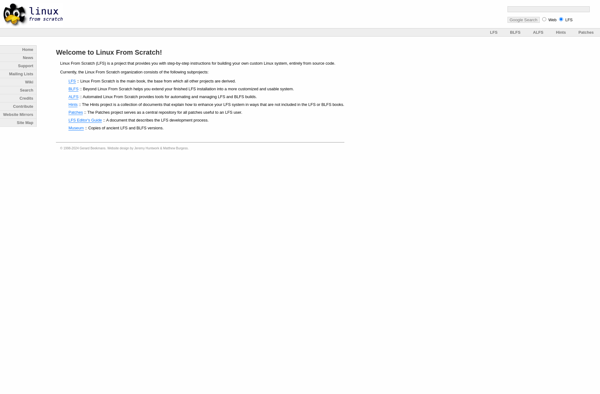
Plop Linux
